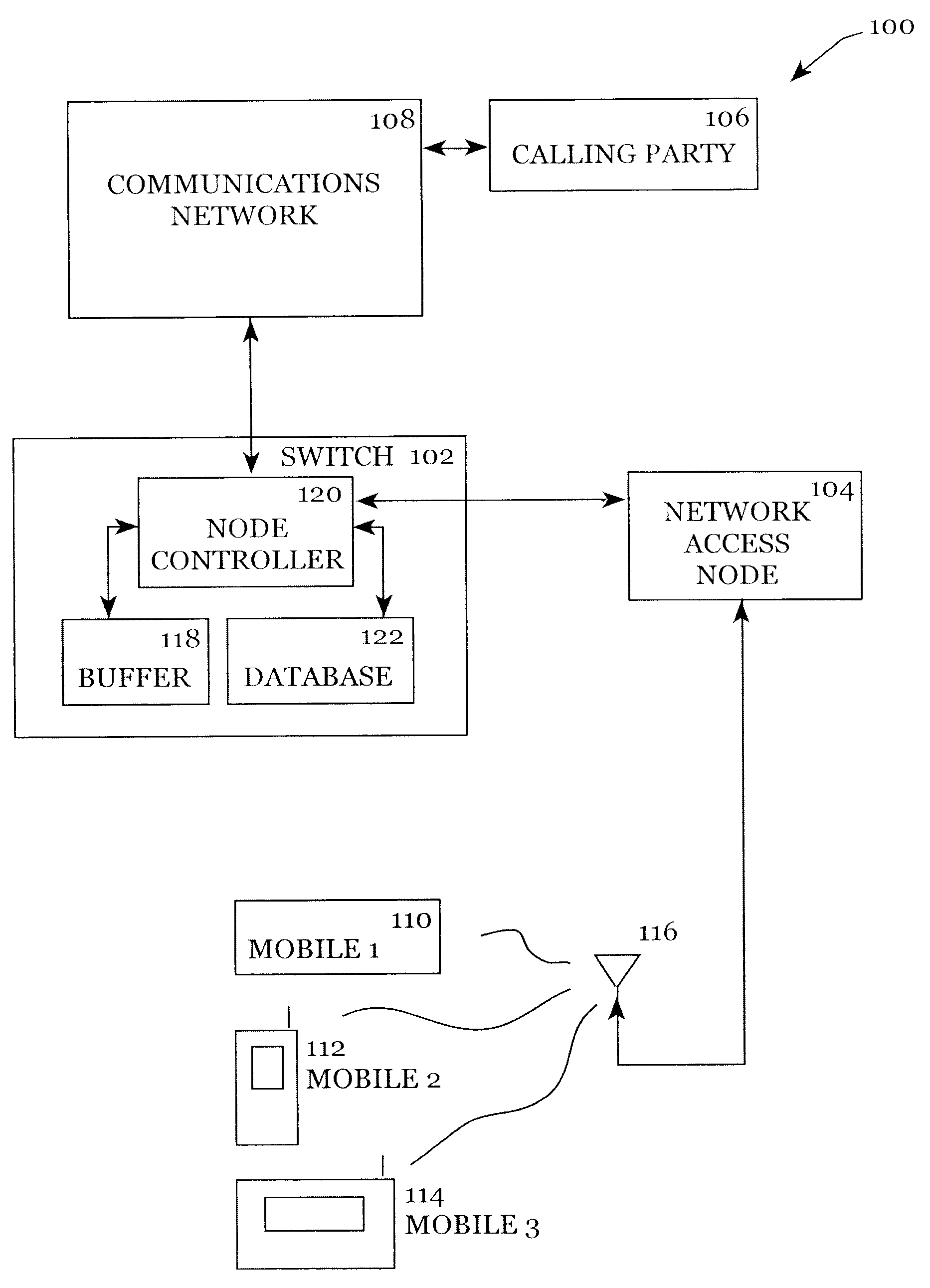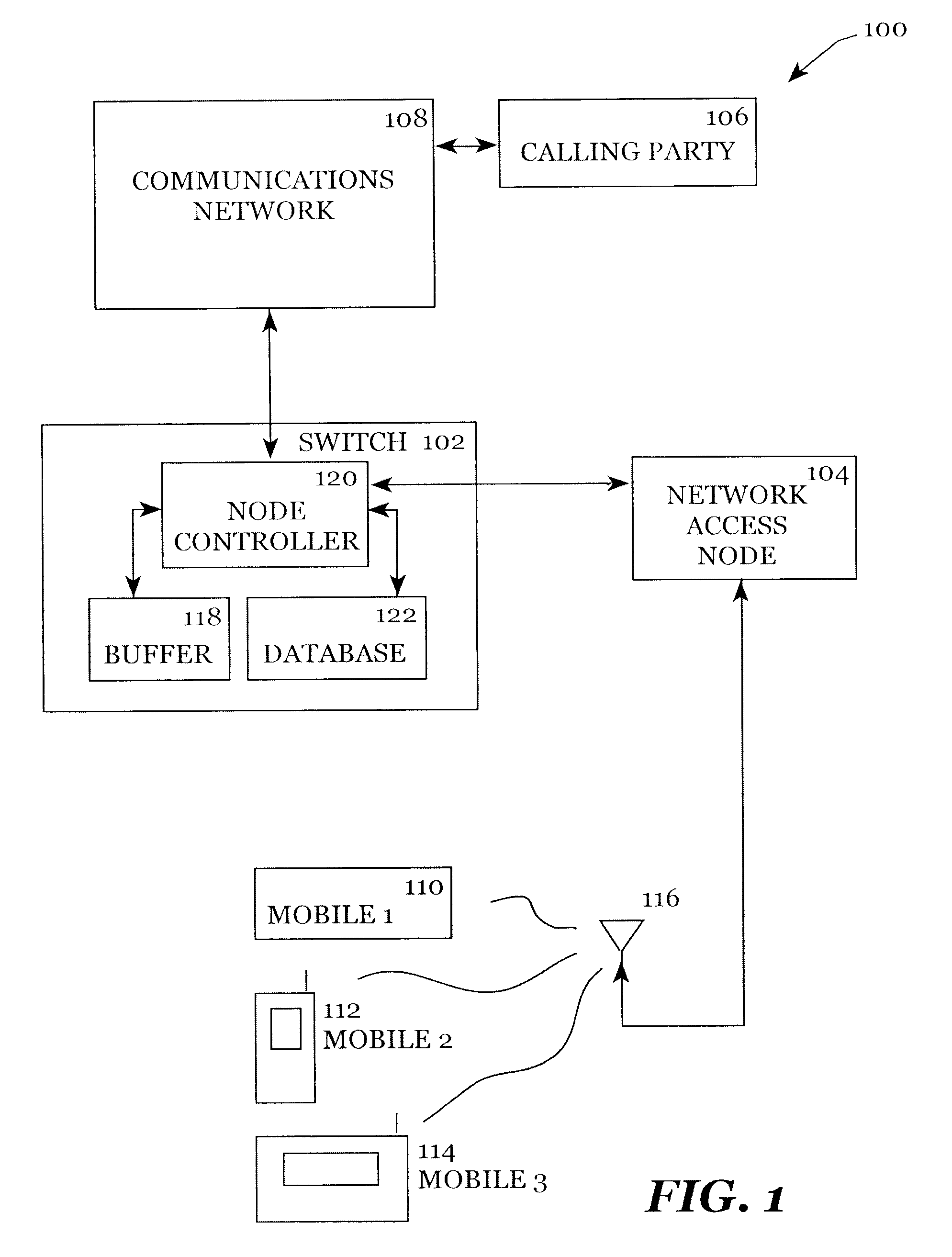Associated Systems and Methods for Providing Data Services Using Idle Cell Resources
a technology of associated systems and cell resources, applied in the field of communication systems, can solve the problems of substantially reducing the user's perceived value of data transmission services, and substantially reducing the perceived value of services, so as to improve the management of network resources and increase the overall utilization of networks
- Summary
- Abstract
- Description
- Claims
- Application Information
AI Technical Summary
Benefits of technology
Problems solved by technology
Method used
Image
Examples
Embodiment Construction
[0028]Embodiments of the invention provide systems and methods for managing network resources, such as during an incoming call and for terminating a call. These systems and methods improve the management of network resources in a communications system, such as a packet-based communications system or a circuit switched communications system. Embodiments of the invention also manage limited network resources in an overload situation.
[0029]Various aspects of the invention provide call management logic including retrieval of a caller profile, assessment of network resources, comparison of priorities, allocation of network resources including assessing all channels accessible from a mobile device, decision to queue a call, notification of action in queuing or terminating, and termination of a call. For incoming calls, other aspects of the invention provide call management logic including utilization of a priority profile of a called number, determination of the type of call, and providin...
PUM
 Login to View More
Login to View More Abstract
Description
Claims
Application Information
 Login to View More
Login to View More - R&D
- Intellectual Property
- Life Sciences
- Materials
- Tech Scout
- Unparalleled Data Quality
- Higher Quality Content
- 60% Fewer Hallucinations
Browse by: Latest US Patents, China's latest patents, Technical Efficacy Thesaurus, Application Domain, Technology Topic, Popular Technical Reports.
© 2025 PatSnap. All rights reserved.Legal|Privacy policy|Modern Slavery Act Transparency Statement|Sitemap|About US| Contact US: help@patsnap.com



